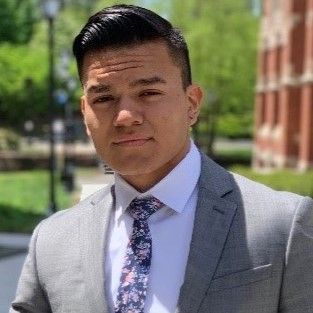Opinion
Video
Higher patient complexity associated with lower reimbursement for ureteroscopy
Author(s):
"For more rural practices, for ureteroscopy, they also received lower reimbursement than urban practices," says Victoria S. Edmonds, MD.
In this video, Victoria S. Edmonds, MD, describes the background and notable findings of the recent Urology paper, “Trends in Patient Complexity, Practice Setting, and Surgeon Reimbursement for Urolithiasis: Do Rural Urologists Pay the Price?” Edmonds is a urology resident at Mayo Clinic in Phoenix, Arizona.
Transcription:
Please describe the background for this study.
A little bit of background: The Medicare surgeon fee-for-service payments are determined by the Medicare Physician Fee Schedule, which assigns each procedure an RVU, which is supposed to represent the cost of providing a service or procedure. Each RVU is then multiplied by the GPCI, which is a geographic multiplier that's meant to account for practice cost variations and wage differentials in each CMS-determined payment locality. We were interested in looking at trends and reimbursement for ureteroscopy and PCNL across the country, and we wanted to stratify those results by geographic location, looking specifically at how more urban and how more rural locations are reimbursed, as well as patient complexity, so how more complex, meaning more comorbid, patients are reimbursed differently than healthier patients.
What were some of the notable findings? Were any of them surprising to you and your coauthors?
Some of them were surprising. We expected that more complex patients would be reimbursed higher because we know that those patients require more resources, they're more time intensive. But interestingly for ureteroscopy, we found that higher patient complexity correlated with lower reimbursement. The other thing we found is that for more rural practices, for ureteroscopy, they also received lower reimbursement than urban practices. This isn't necessarily surprising. In some ways, you could take this to mean that the geographic multiplier is working as intended by adjusting physician payments based on variations in costs when we assume that rural areas have a lower cost of living and lower cost of practice. But I think it is worth noting that the GPCI, the geographic multiplier, was developed back in 1992. It was last updated in 2012, and the landscape of the urology workforce has really changed since then. There's been a decrease in the percentage of physicians that are working in practices that are entirely owned by physicians, and more and more private practices are now employed by or directly contracted with hospital systems.
This transcript was edited for clarity.
Newsletter
Stay current with the latest urology news and practice-changing insights — sign up now for the essential updates every urologist needs.
















